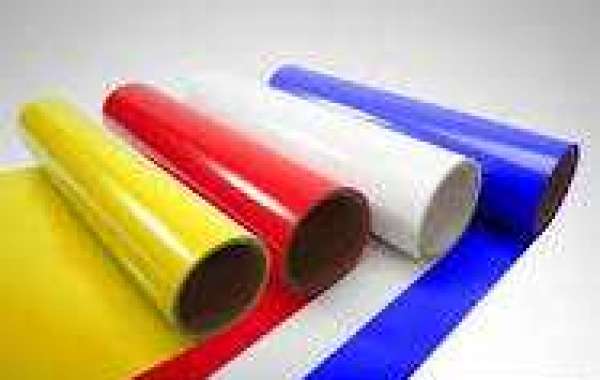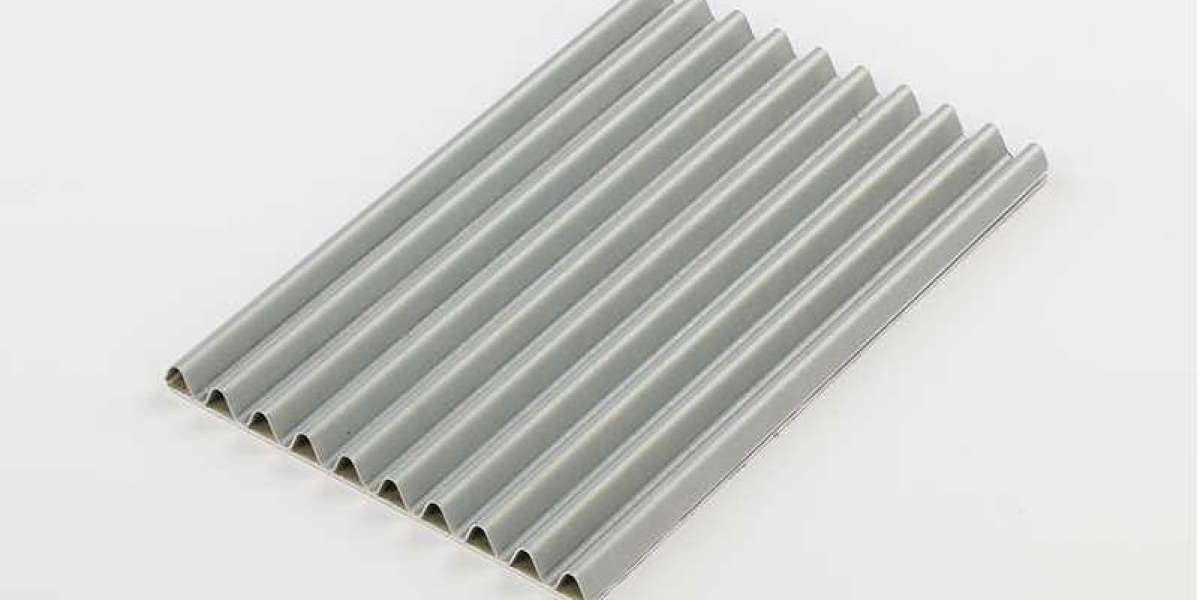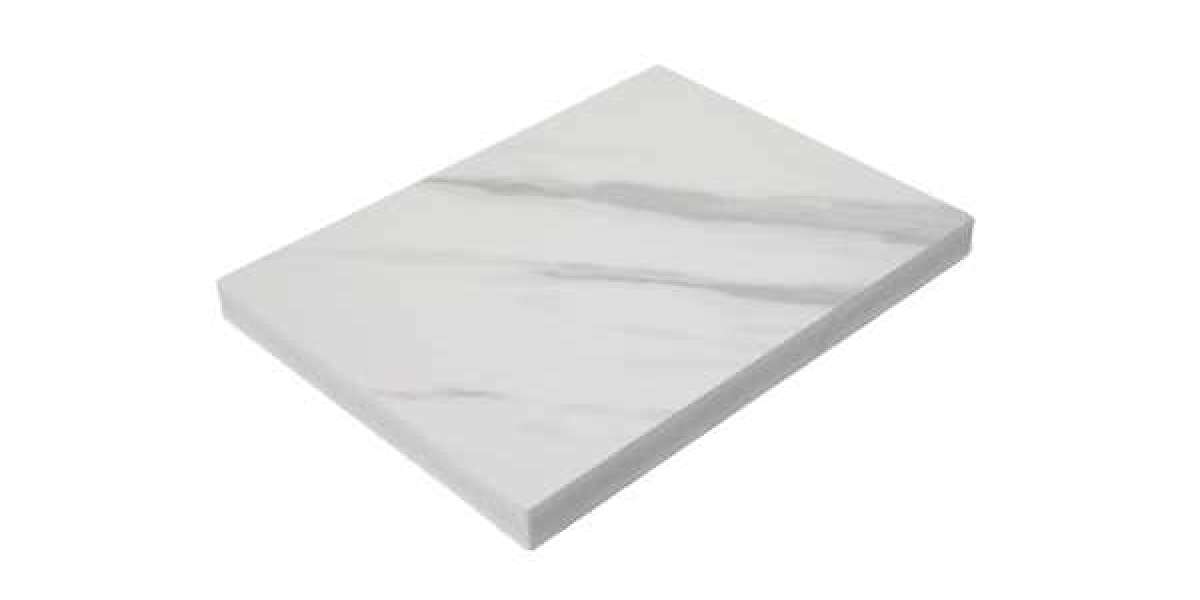The current graphene thermal conductive film is a speculation concept. The first generation is a "graphite" thermal conductive film. This is just a PI polymer cracked into a film by a graphite furnace at high temperature. Due to its good orientation, the thermal conductivity in the horizontal direction High, but generally poor thermal conductivity in the vertical direction. I am curious how this company dared to write "single layer". This is either negligence or deliberate deception. Everyone sees that the thickness of 12 microns is definitely not graphene, which is very easy to understand.
Strictly speaking, the second generation cannot be called graphene heat transfer film, so what the industry calls "graphene composite thermal conductive film" is quite real. From the specifications provided by this company, the horizontal direction is not as good as the previous graphite thermal conductive film, but the thermal conductivity in the vertical direction is improved, which is also the latest solution for mobile phone thermal film. But people with good eyes know that the heat dissipation is good because of the copper foil. Judging from the appearance of black and the density of 2.2g / cm ^ 3, it is presumed that the graphite coating was applied to the copper foil, which could not be graphene, because it could not be so dark within ten layers.
Since the graphene thermal conductive film does not exist and the thermal conductivity in the vertical direction is a limitation, the current third-generation technology is directly spraying heat-dissipating coating on the heating element. However, it is currently only in the sample stage, and it is not yet possible to determine whether it can replace the existing graphite in the future. Thermal film. However, it can be confirmed that the originally designed film thickness is usually too thin, which will cause the need for multiple layers of heat dissipation film, but there is a thermal resistance between the layers to reduce the heat dissipation effect. This is the main factor that mobile phone manufacturers have been looking for alternative solutions.



